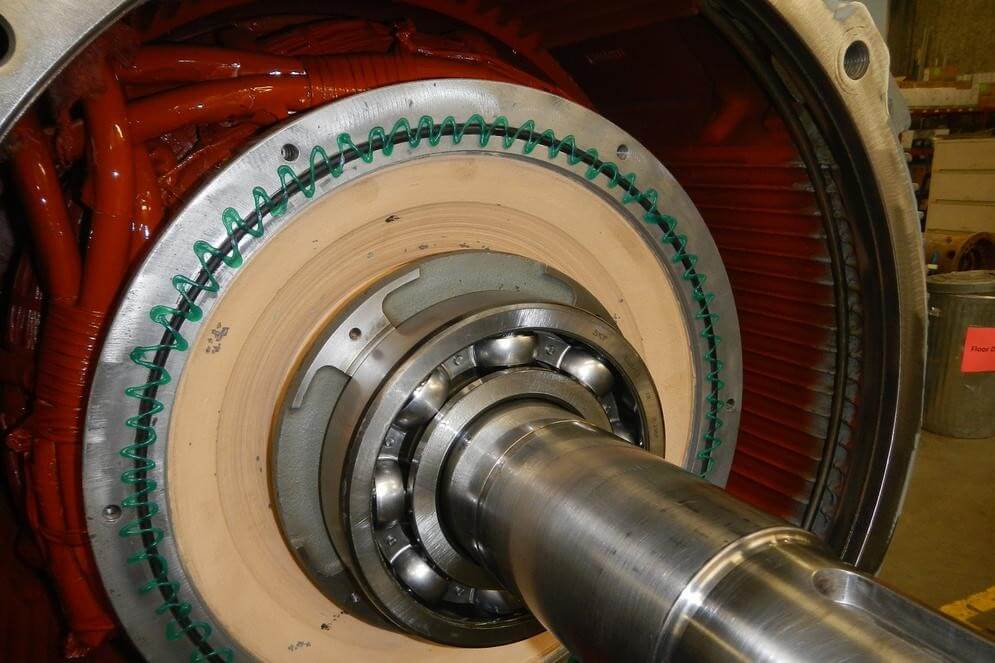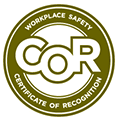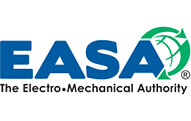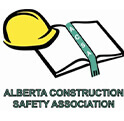
Electric motor rewind involves either shorting or cutting coils and replacing them with new ones. However, the process depends on the specific problem with the motor. If you’re having trouble with your electric motor or have been in a shop and heard about electric motor rewinding, you may have several questions.
Let’s explore what you should know about electric motor rewinding. Call us today to book your service.
If you’ve been to the shop and told that you need electric motor rewinding, it means that the coils in the motor are either grounded or shorted. There are several reasons why your electric motor may run into failure. These problems often present themselves are ground or shorted coils or insulated motor failure.
Insulation failure in the motor can happen in different forms. The coils may experience shorting in phase-to-phase, coil-to-coil, or turn-to-turn. Grounding may also occur at the slot’s edge. These issues may arise due to old age, a surge in voltage, contamination, unnecessary vibration, or abrasion.
In addition, motor insulation failure may occur due to thermal deterioration. In this case, the insulation overheats due to excessive starts and reversals, excessive demands on the motor that exceed its rating, or poor connections in the terminal.
Motors are diverse and have different ratings, slots, wire sizes, bracing, coils, coil turnings, and insulation parameters.
Before an electric motor rewind, the technician first records all pertinent data before rewinding the motor to ensure everything falls back into place once the coils are replaced.
In addition, the technician also checks the data according to the EASA Winding Data Verification program or other winding programs required to restore the motor to its original winding arrangements.
The programs are crucial because the technician can make changes to the motor as someone may have previously wound the motor incorrectly, causing failure. Verification prevents the technician from repeating winding mistakes by another technician.
The next step is to remove the motor windings from the core. To do this, the motor is placed in a burnout oven, which reduces the insulation to ash. After cooling down, the motor is opened to remove the windings from the stator core, in a process called stripping. The technicians also perform a core-loss test after burnout to ensure the core insulation remains intact.
The technician either makes custom coils in the repair shop or uses form coils from the manufacturer to restore motor function.
The new coils are inserted in the stator slots while ensuring proper bracing and blocking to prevent mechanical failure during movement.
The technician tests the windings according to IEEE and EASA standards.
The new winding requires insulation to ensure bonding between the coils and prevent contamination. The technician may use varnish dip, which involves dipping the new windings in varnish and then heating the insulation in an oven until it cures. However, the modern technique is vacuum pressure impregnation, where vacuum and pressure cycles apply epoxy resin insulation on the windings. That being said, some large motors use B-stage coils that come with epoxy and resin.
Does you need electric motor rewinding? If yes, you’ve come to the right professionals. Contact us today and have your electric motor fixed correctly.






